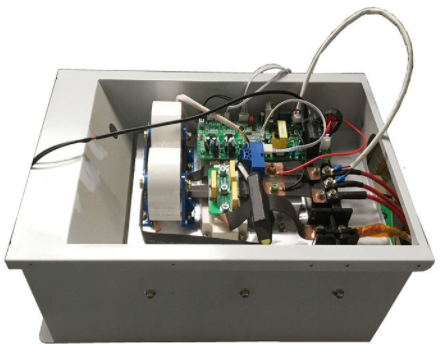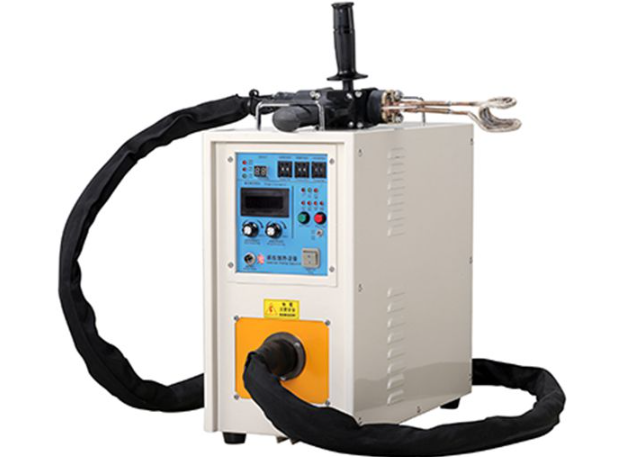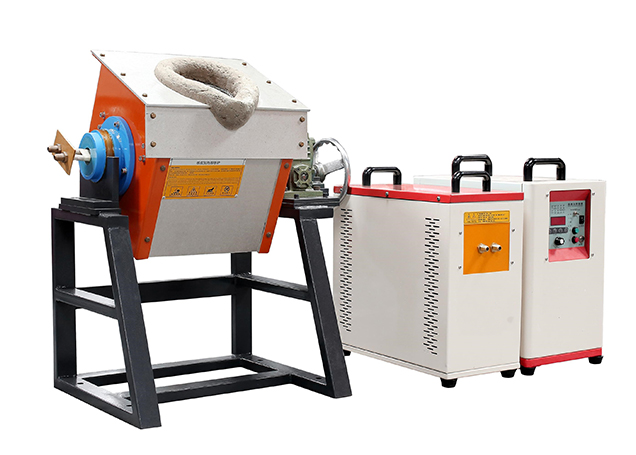Induction heating is a fast and effective non-contact method of heating conductive materials such as metals and semiconductors by applying fluctuating magnetic fields. It is a process designed to heat a conductive material, such as a metal, to change its physical properties without bringing the material into contact with the inductor. Induction heating is suitable for all processes that need to avoid direct flame and obtain fast results, high quality and durability.

Working Principle
The material to be heated is located inside the coil and does not come into contact with the heated material. A power supply is used to convert direct current to alternating current.
An electronic oscillator sends a high frequency alternating current to the electromagnet. The coil receives an alternating magnetic field. This magnetic field is transferred to the material or to the conductor used for heating. An electric current, also called an eddy current, is generated in the conductor. The conductor is then heated by the flow and circulation of the eddy current through the resistance of the material. This is also known as Joule heating. Ferromagnetic metals such as iron also heat up due to hysteresis losses.
The initial high current frequency may vary depending on many factors, such as the type of material to be heated, the depth of heating, the type of connection between the coil and the conductor, and the size of the object.
Materials used for heating can be metals, semiconductors, or non-conductors. Glass and plastic are not conductors. Heating materials with low or no electrical conductivity; induction is first used to heat another conductor, such as graphite, which can transfer heat to non-conductive materials.
Induction heating can be used for many types of processes. It can be used where very low temperatures are appropriate or for other processes where temperatures may need to be as high as 3000 degrees Celsius. Depending on the process and specifications, the heating process may take months or fractions of a second to complete.
Advantages of induction heating
Induction heating offers the following advantages compared to some classical heating techniques (resistance heating, flame heating, furnaces, etc.).
Reduced time - by induction heating, the target is heated directly, thus reducing the heating time and the amount of wasted heat. This method provides high power density and low or no thermal inertia.
High efficiency - due to the correct design of the power converter and coils, the efficiency values are higher than 90%. In addition, high temperatures can be reached quickly and easily because ambient heat losses are significantly reduced.
Improved control - The precise regulation of the heating power can be achieved by proper coil design and control of the power converter. As a result, additional features such as local heating and preheating, predefined temperature profiles can be realized.
Industrial automation options - Induction heating can increase productivity and process quality. Since the heating is non-contact (heating tools do not interfere), quality is additionally guaranteed.
Safe and clean - there is no thermal or air pollution because the target is heated directly and no fuel substances are used.
Are you interested in learning more about induction heating and how they can benefit you? Contact us today to secure an expert consultation!








